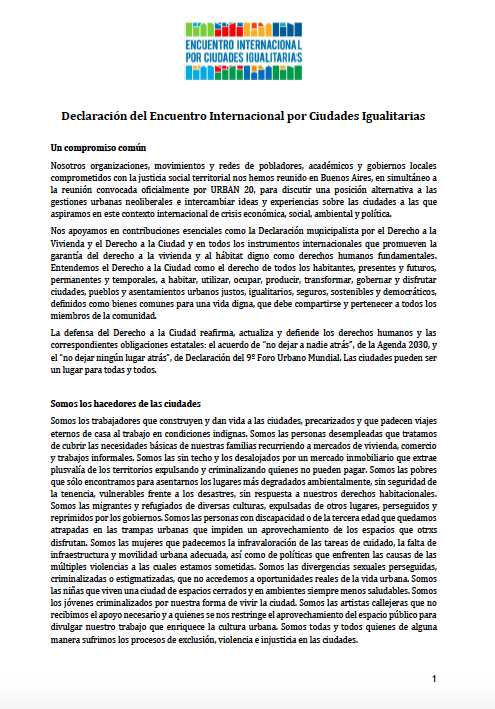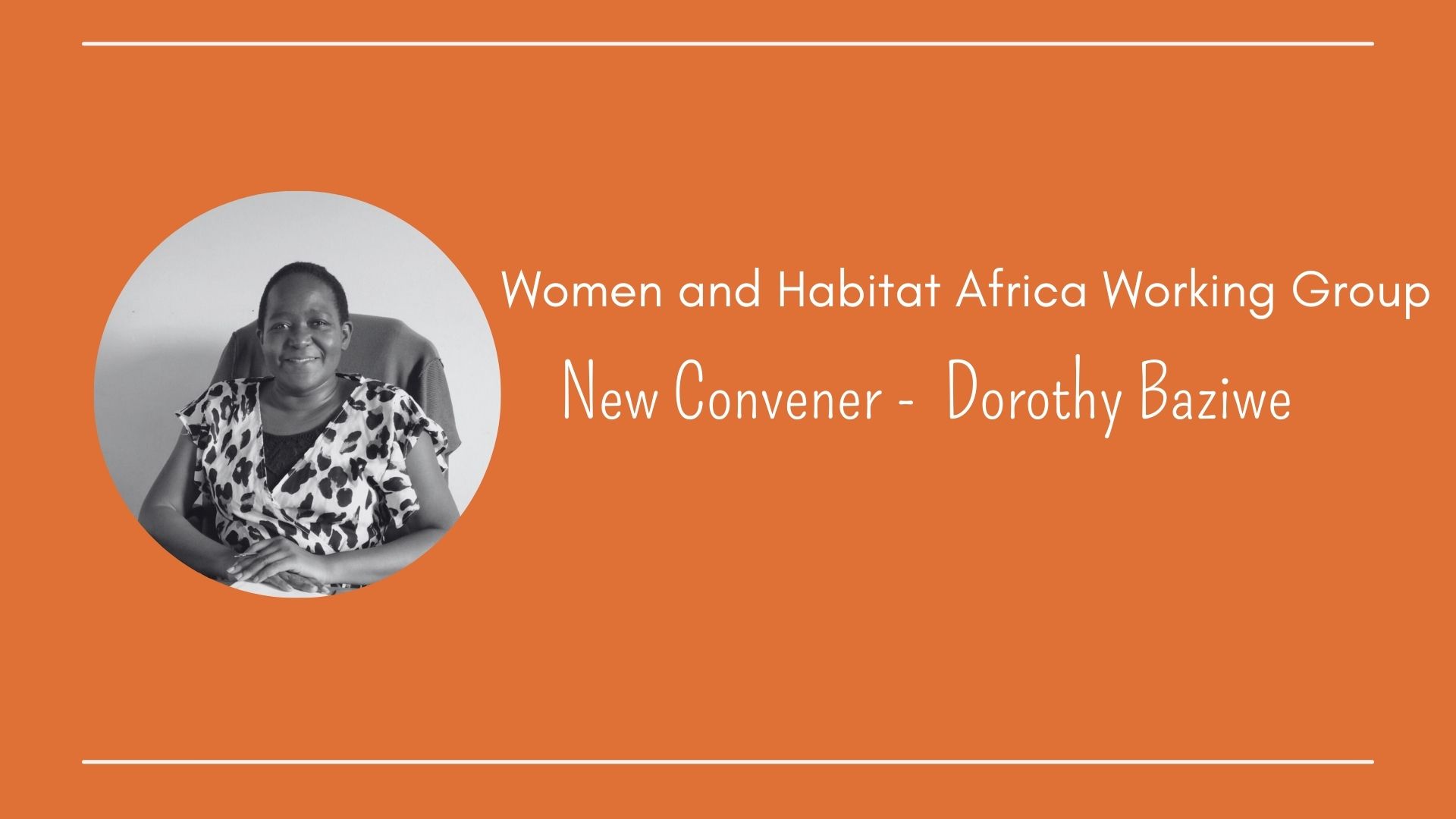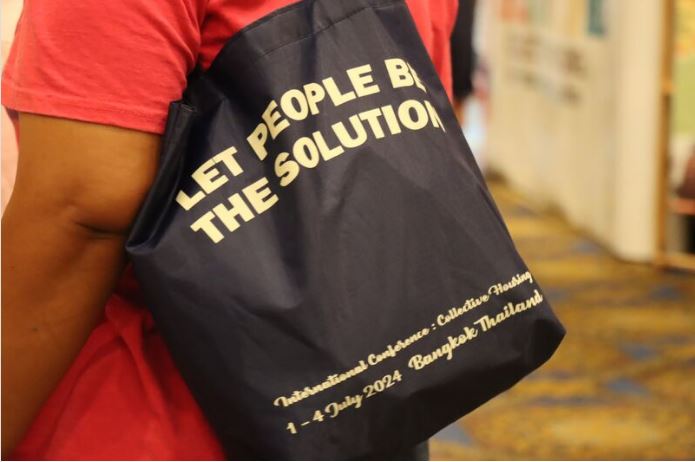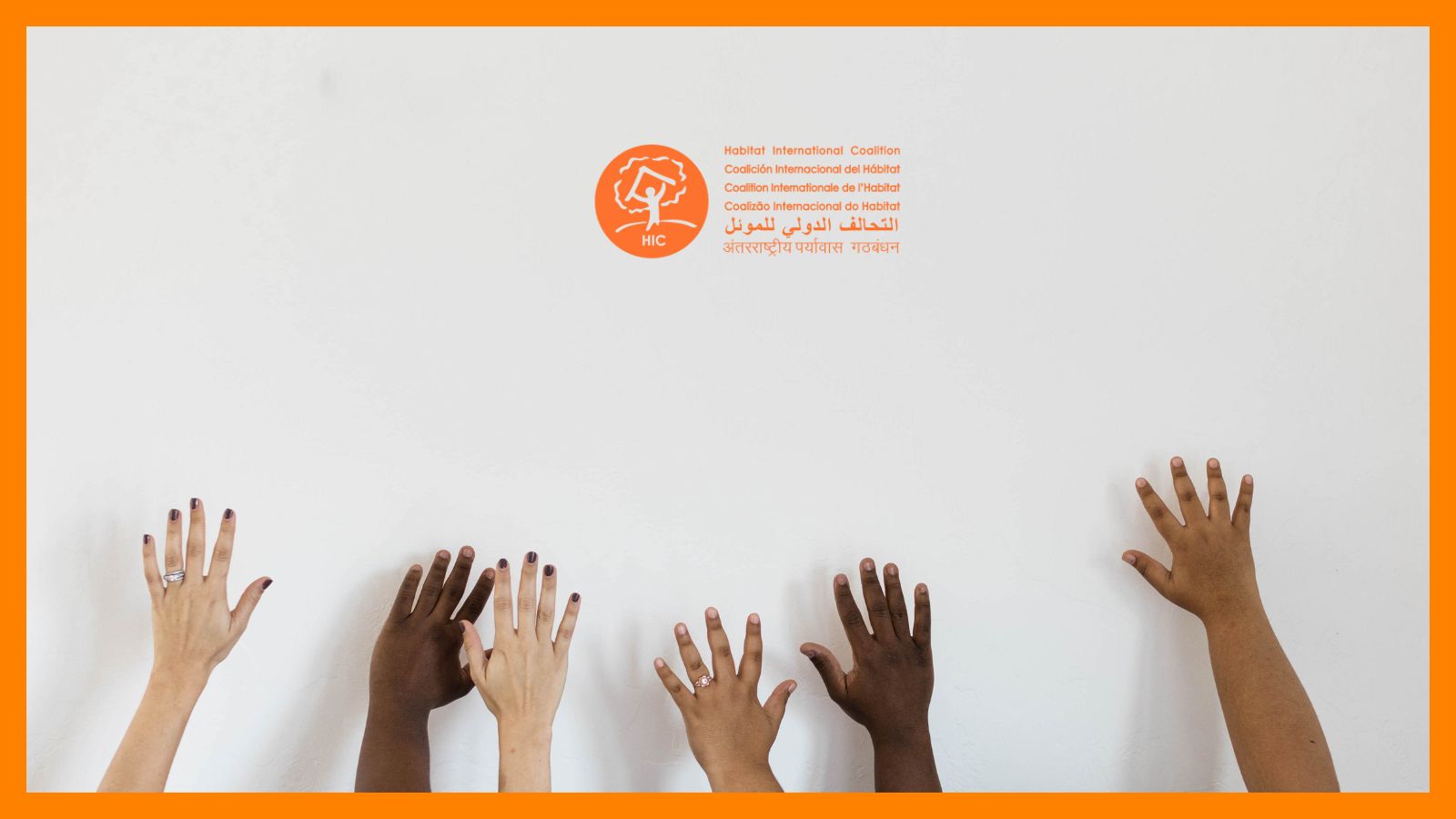Tablita Market is one of the most important markets for vegetables, fruits and meat in original quarter of Islamic Cairo built by the Fatimids, Egypt’s Shi`a rulers (969-1168 AD). It occupies a significant position at the center of the Fatimid Cairo behind Taqiyya Abu al-Dhahab Complex and al-Azhar Mosque. It dates back to the beginning of the 1900s, and its 106 current units are mow rented by local, long-established men and women handlers and simple merchants. Almost 165 workers and merchants derive their livelihood form the market. Renting commercial space is by contract with the Market Department in the Central Cairo District Authority.
The environmental and health conditions of the market have deteriorated considerably as it has no sanitary outlets whatsoever and, as a result of the accumulation of the vegetables and fruit refuse. The Cairo Governorate hence notified the merchants in 2002 that it would remove the market and sell the land on which it was built.
The notification provoked the merchants and the surrounding community to take action to address the problems. Under the leadership of their sheikh, workers, too, showed their willingness to take part in developing a new vision for the continuity of the site as a market center. The Center for Development Services (CDS), a local and regional NGO, supported the merchants by helping to coordinate the process toward identifying the needs and designing alternatives. This involved the merchants, workers and other residents, and finally examining the prospects of integrating the interests of concerned parties into a consolidated plan. CDS sponsored workshops, including specialized ones for merchants and architects, in order to attain the intended result: “developing a participatory design of Tablita Market. All merchant and worker representatives, whether representing powerful interests or not, took part at all levels. Merchants presented their opinions to the NGO specialists and, as a result, the Cairo governor supported the alternative plan to remain in situ, instead of being displaced to another location, and officially approved the people”s development process. At present, the project is still pending, in search of financer backers.
The participatory design process has produced other results represented in the merchants belief in their own ability to attain goals through their cohesion, their constant participation and dialogue with all sectors of the society, architects, and social researchers.
Read the full text at:
http://www.hic-mena.org/SPH_cases/Tablita%20Market%20Eg.pdf




